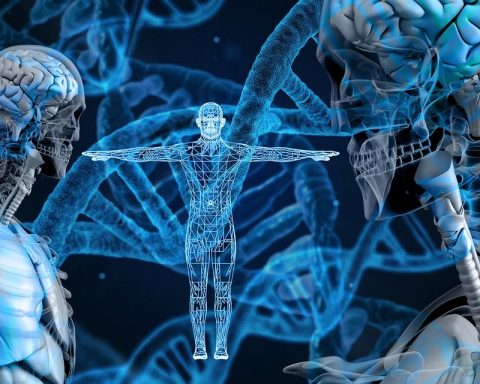Gene therapy is a process in which exogenous genetic material is transferred into somatic cells to correct an inherited or acquired gene defect. Also, it is intended to introduce a new function or property into cells. These common and life threatening diseases include cystic fibrosis, hemophilia, sickle cell anemia, and diabetes.
[wp_ad_camp_4]Scientific technology has developed safe and efficient means to transfer genes into cells. Consequently, genetic and molecular delineation of the underlying pathophysiology of many of the primary immunodeficiency disorders has occurred, and gene-based therapy is now a viable option as long as the transferred genetic material can be delivered to the appropriate target cell or tissue.
As an example, a patient’s cells (e.g., T lymphocytes) are harvested and grown in the laboratory. The cells receive the gene from a viral carrier (e.g., Moloney murine leukemia virus) and start to produce the missing protein necessary to correct the deficiency. These cells with the extra functional gene are then returned to the patient, and the normal protein is produced and released, alleviating the disease.
The first human protocol for gene therapy was performed in ADA patients in 1990 at the National Institutes of Health. Since that time,
the genetic defects of several other primary immunodefi ciency disorders have been defined, and the defects have been at least partially corrected by gene therapy using hemopoietic stem cells in vitro. For SCID and other diseases, gene therapy is lifesaving.








